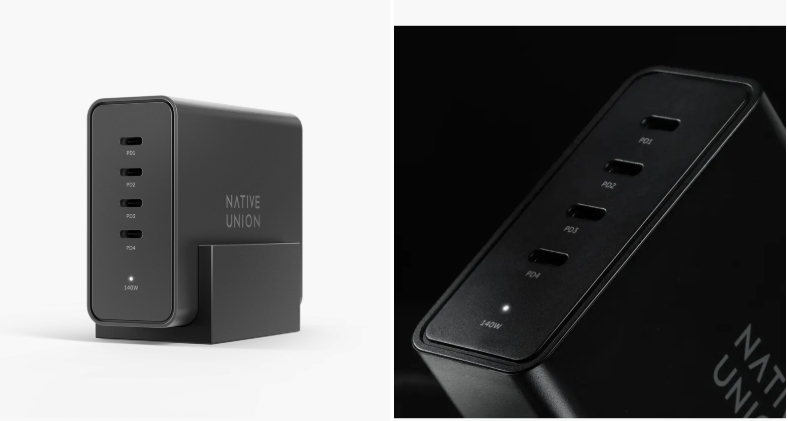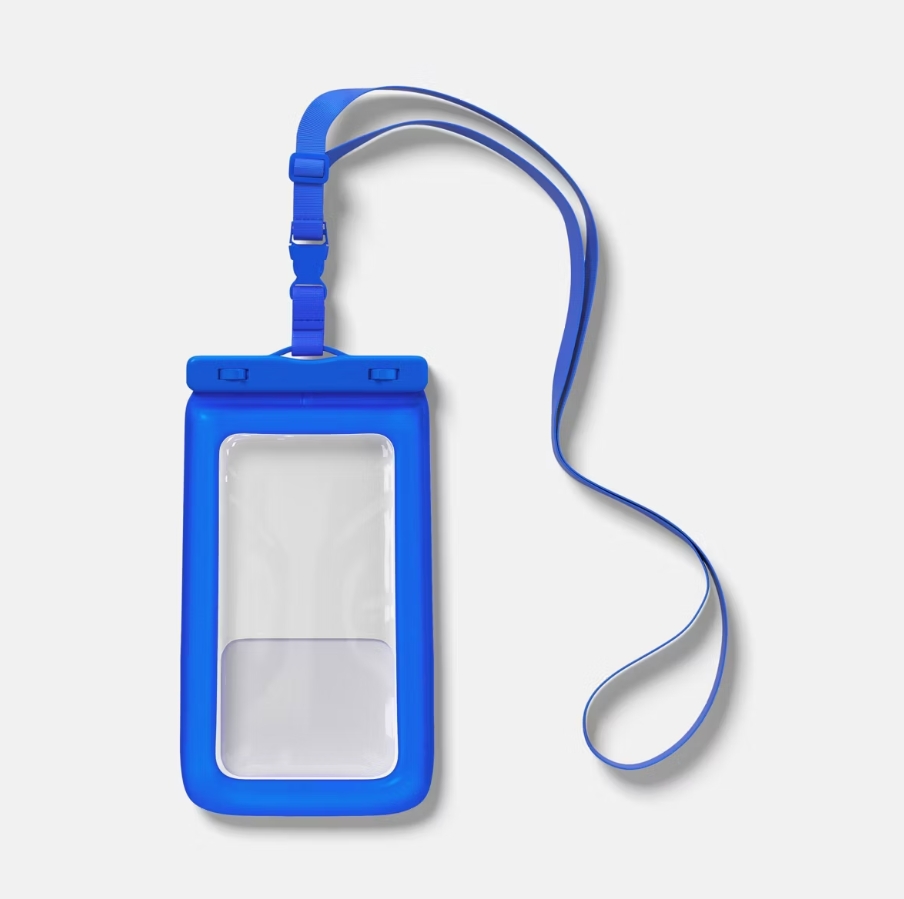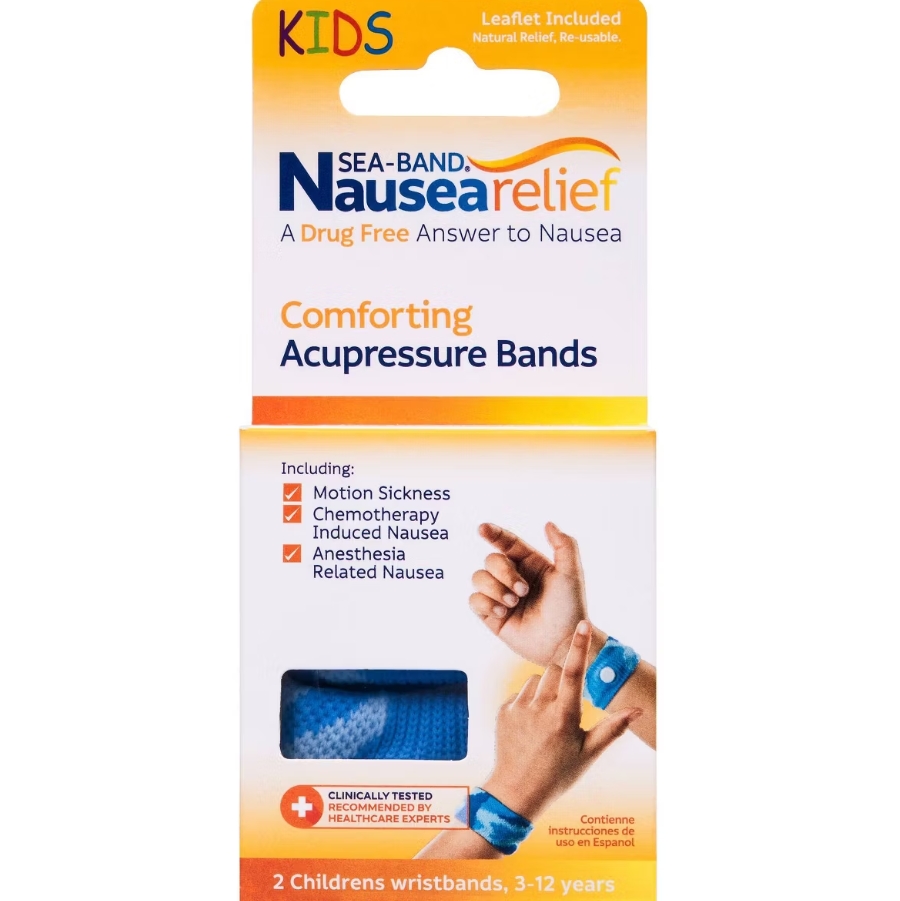Cruising looks effortless, but first timers often learn key lessons the hard way. The ship won’t wait if you cut it close, a poorly located cabin can ruin your sleep, and the headline fare is only part of the bill. Seas can turn choppy, ports may be far from the sights, and insurance matters more than you think.
This guide breaks down seven essentials so you’re board prepared, spend smarter, and enjoy every port without stress.
1. Start with the right itinerary and season
Pick a region that’s well set up for first-timers. The Caribbean, Mediterranean, and Alaska have proven ports, lots of excursion options, and ships from every major line, so you can match the vibe you want.
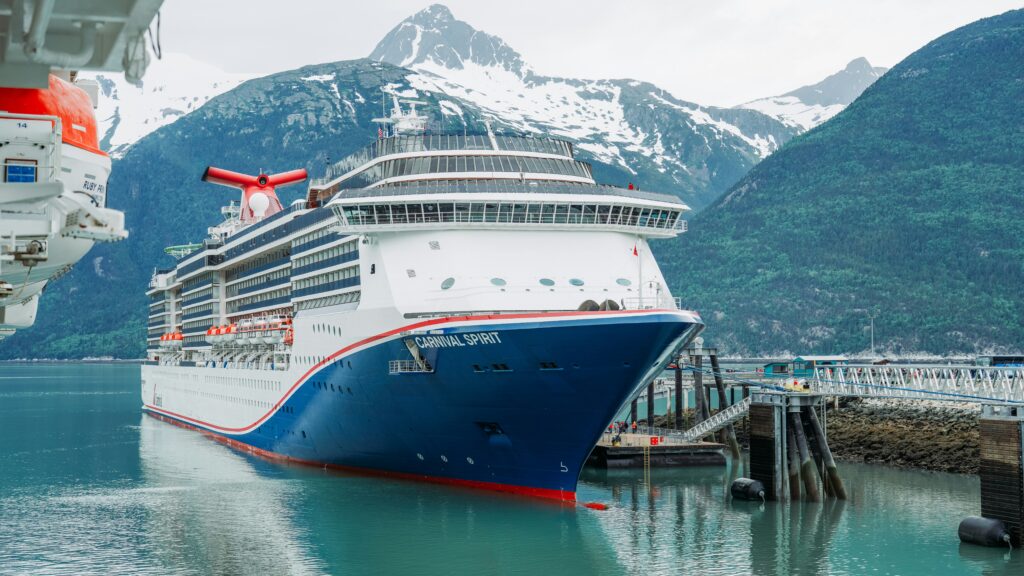
Look at seasonality for calmer seas and lower prices, then check how many sea days you’re comfortable with. If you’re flying to the port, arrive the day before so a delayed flight doesn’t cost you the whole trip.
2. Match the cruise line and ship to your style
Lines differ as much as hotels. Big resort ships from Royal Caribbean, Carnival, MSC, and Norwegian pack in activities and families. Premium lines like Celebrity, Princess, Holland America, Virgin, and Disney skew more classic or themed.
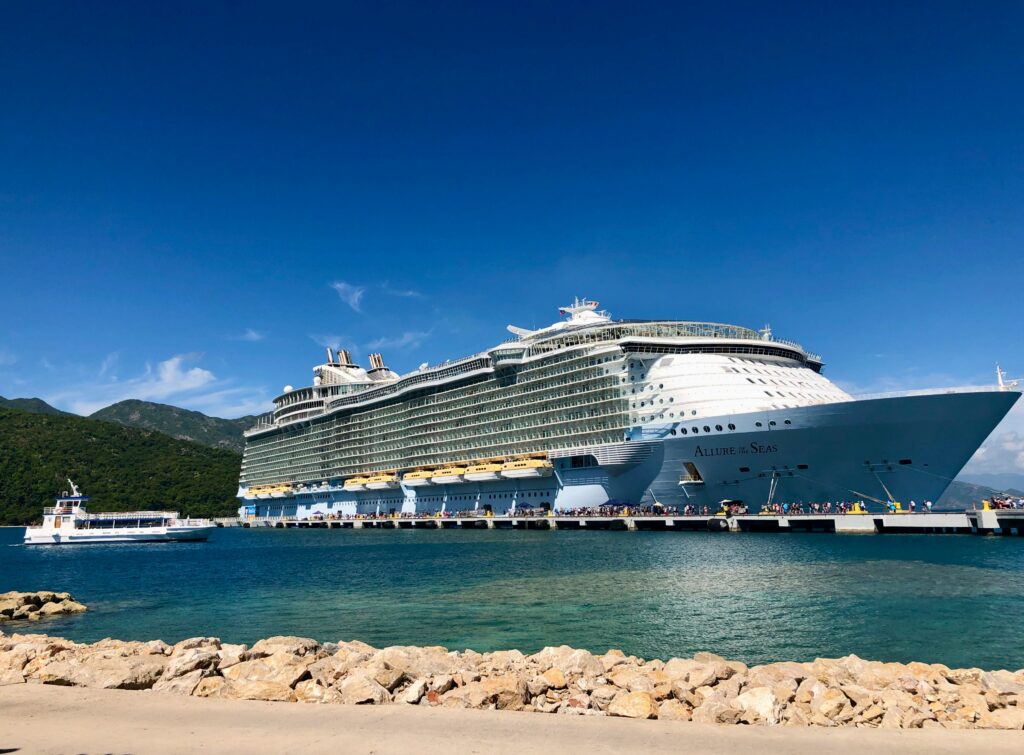
Smaller-ship and luxury brands such as Viking, Oceania, Seabourn, and Silversea offer quieter ships, longer port days, and more inclusions. Make a short list of what matters to you, like adult only areas, kids clubs, dress code, late-night shows, or enrichment talks, then pick a line and ship that fits.
3. Book smart, then keep watching your fare
A good travel advisor can secure perks like onboard credit, access to group rates, and help if plans change. If you book yourself, lock in a refundable fare when possible and monitor the price. Many lines will adjust your fare or add onboard credit if the price drops before final payment.
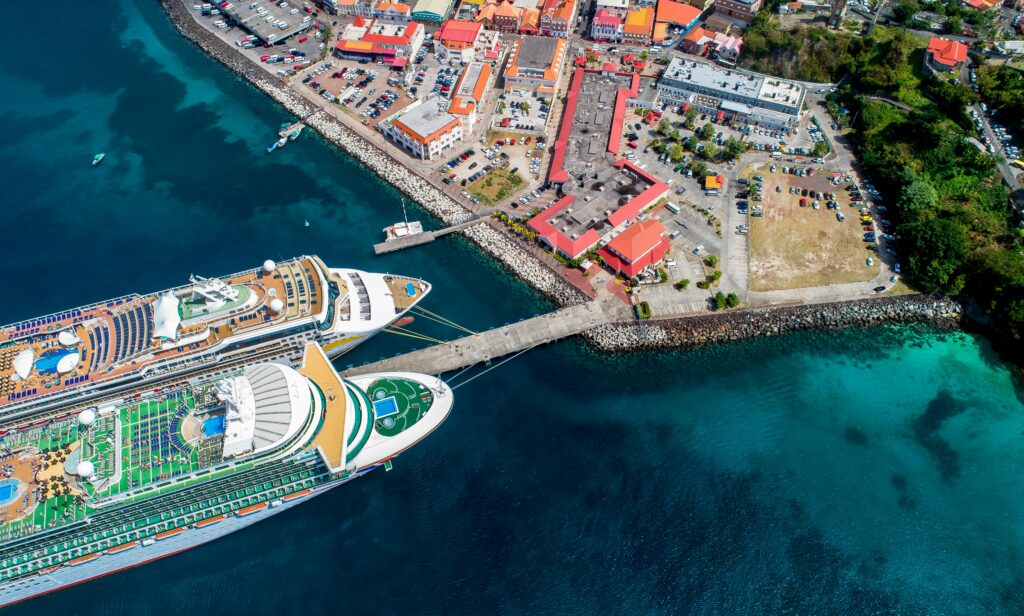
Deals often surface during Wave Season in January to March, or in the 90-day window before sailing when cruise lines fill remaining cabins.
4. Budget beyond the headline fare
Your cruise fare usually covers your cabin, standard dining, and entertainment. Plan for extras like gratuities, Wi-Fi, drinks packages, specialty dining, spa, laundry, and shore excursions. Mass-market lines tend to be more a la carte. Premium and luxury lines include more.

Register a card at check-in and review your onboard account mid-cruise so nothing surprises you. If you’re chasing value, decide in advance what you’ll pay for and what you’ll skip, like a drinks package on port-heavy itineraries.
Subtle upgrade that helps all week: outlets are limited in many cabins. A cruise-approved, non-surge USB power hub keeps phones, watches, and cameras charged without hogging the desk plugs.
5. Choose your cabin like a pro
Cabin location affects sleep and seasickness. Midship on a lower to mid deck moves less. If you’re motion sensitive, avoid high decks and the very front or back. Check deck plans and reviews to avoid cabins under the pool deck or above busy venues.
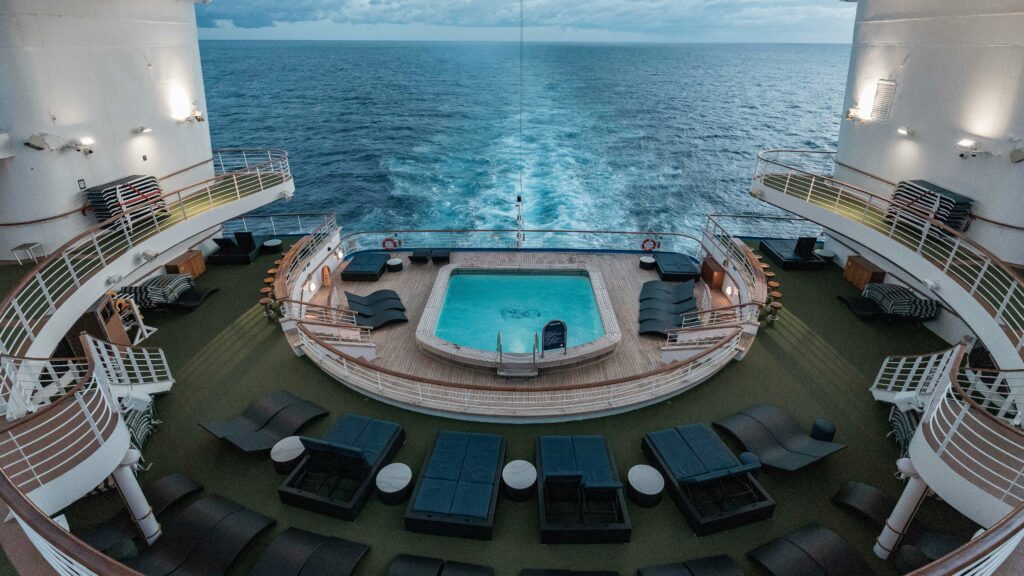
Decide between a “guarantee” fare, where the line assigns your room within a category, or pick a specific cabin so you control the location. Balcony cabins add fresh air and a quiet retreat, which many first timers end up valuing more than expected.
6. Plan port days so you never miss the ship
The ship will not wait for guests on independent tours. If a port stop is short, booking the cruise line’s excursion adds a safety net because the ship will hold or arrange transport if their tour runs late. For longer calls, DIY can be a great value, but build buffer time and verify how far the real sights are from the industrial pier.
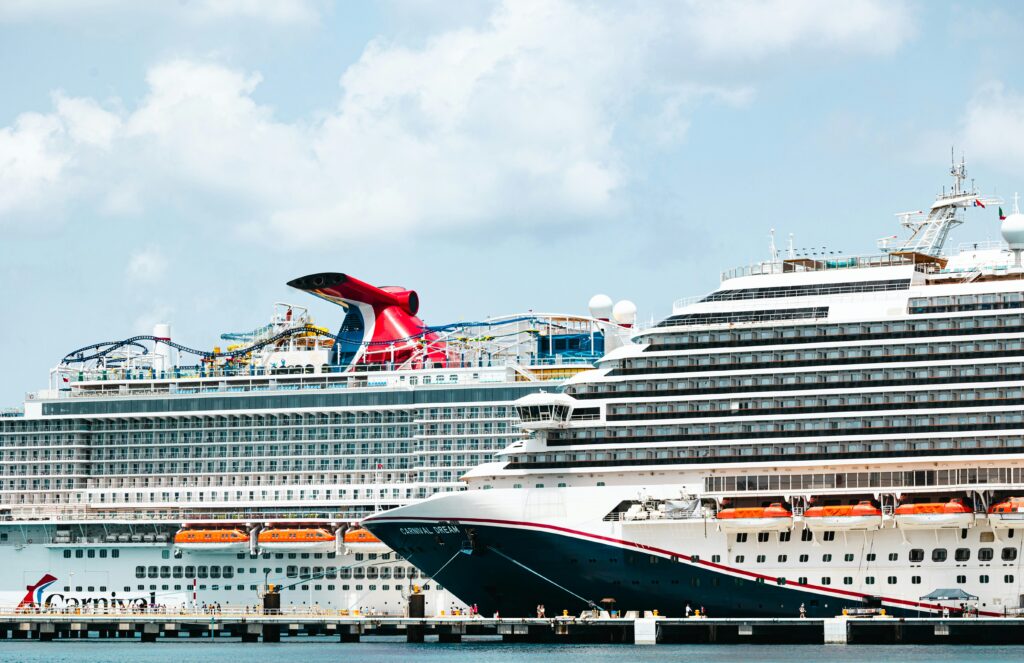
In some regions, you dock in cargo ports and need a shuttle, taxi, or tour to reach the city. Always carry the ship’s contact number and the port agent details from the daily schedule.
Protection that pays for itself in one port day: a waterproof phone pouch keeps your phone safe on beach and boat days and still lets you use the camera.
7. Take health, safety, and paperwork seriously
Buy travel insurance that covers medical care at sea, evacuation, and trip interruptions. Bring prescriptions in original containers, a basic first-aid kit, and proof of required visas or vaccinations. Complete your e-mustering or safety drill as soon as you board so you know your muster station and procedures. Seasickness can hit anyone when it’s choppy.
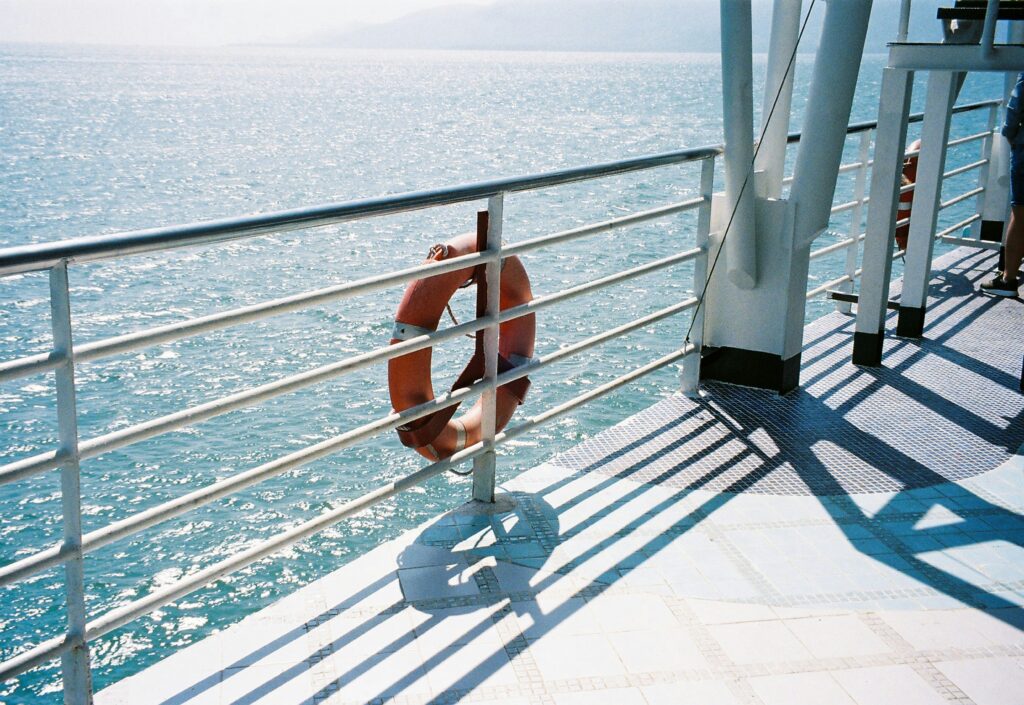
Pack what works for you, such as non-drowsy tablets, sea-bands, or prescription patches, and start them before the ship sails to stay ahead of symptoms.
Small comforts to pack: motion-sickness wristbands help some travelers without medication side effects.
Quick packing and onboard tips that save headaches
Arrive early on embarkation day. Board with essentials in a carry-on, like meds, swimwear, and documents. Checked bags may reach your cabin later.
Dietary needs. Notify the line ahead of time and remind your waiter on night one. Most ships handle common allergies and preferences well.
Kindness goes far. Crew work long contracts and make your vacation run smoothly. A smile, patience, and clear requests make everything easier for both sides.
Use sea days wisely. Explore the ship, book shows in the app if required, and visit popular features when others are ashore.
Disembarkation. Settle your account the night before, tag luggage correctly, and follow the time assigned to your group to avoid lines.
Bottom line
Pick the region and ship that match your travel style, book early or watch for price drops, choose a cabin for comfort, and budget for the extras you care about. Plan port days with enough buffer, treat health and paperwork as non-negotiables, and you’ll step aboard confident and ready to enjoy the ride.

